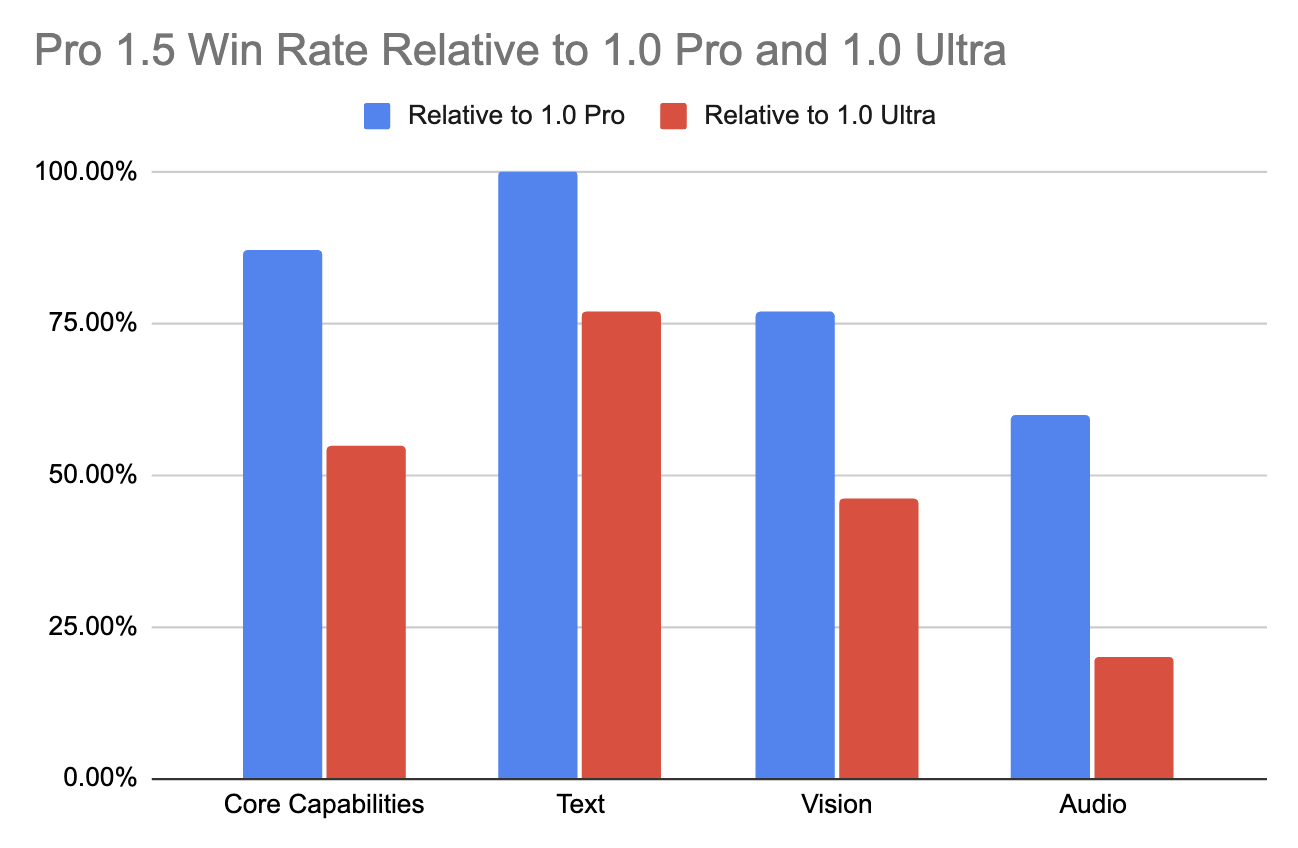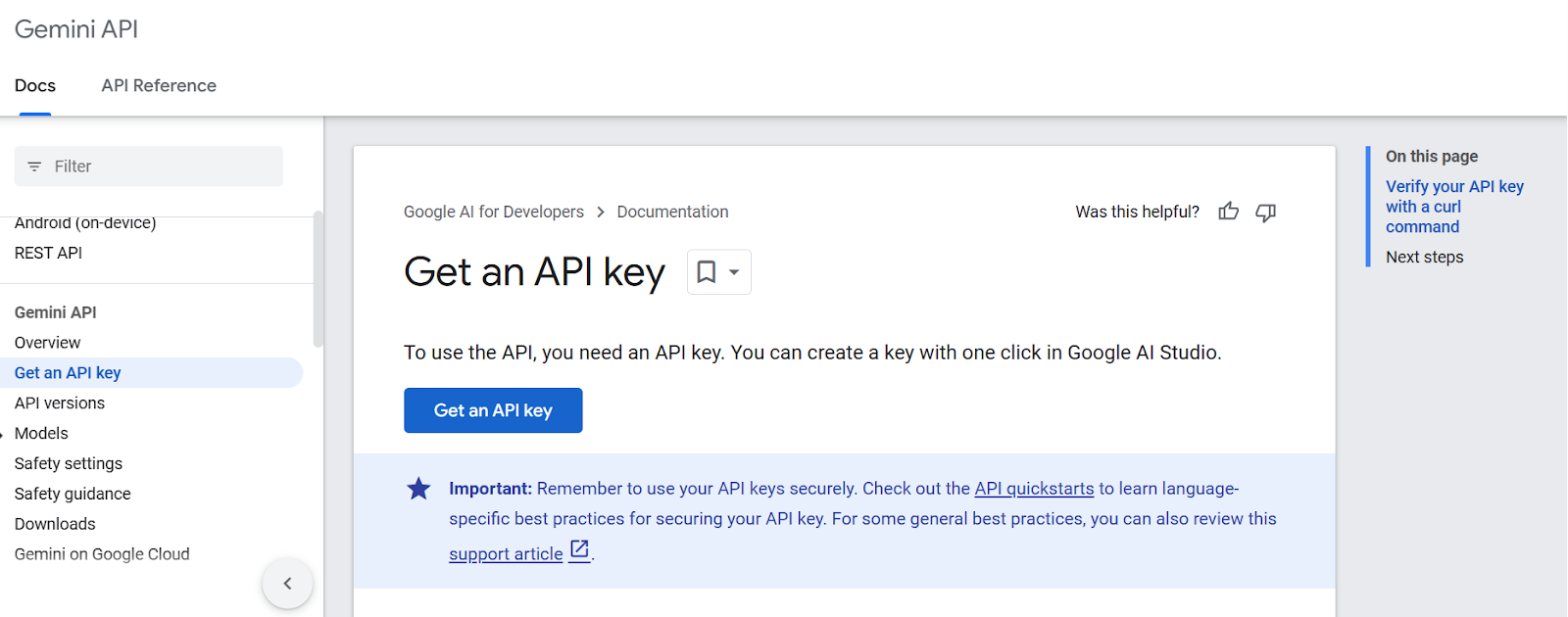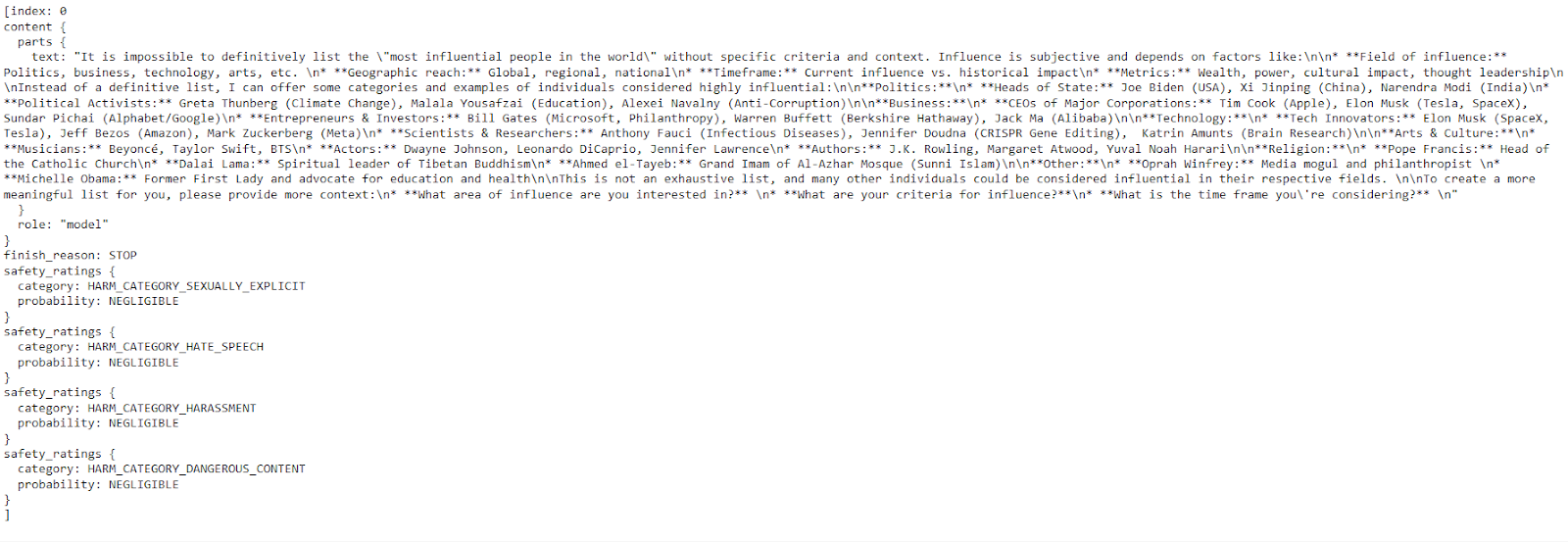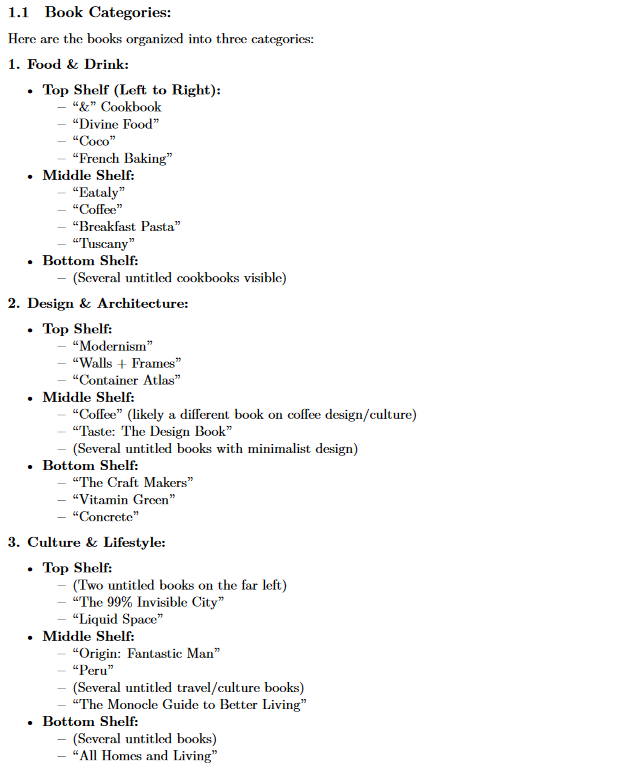track
Gemini 1.5 Pro API Tutorial: Getting Started With Google's LLM
To connect to the Gemini 1.5 Pro API, obtain your API key from Google AI for Developers, install the necessary Python libraries, and send requests and receive responses from the Gemini 1.5 Pro model.
May 2024 · 8 min read
Is the Gemini 1.5 Pro API available?
Does Gemini have an API?
What are the key differences between Gemini Ultra, Gemini Pro, and Gemini Nano?
What is the API limit for Gemini Pro?
How can I get started with using the Gemini 1.5 Pro API in my projects?
Learn more about LLMs!
10hrs hours
course
Working with the OpenAI API
3 hours
16.3K
course
Developing LLM Applications with LangChain
4 hours
5.4K
See More
RelatedSee MoreSee More
cheat sheet
The OpenAI API in Python
ChatGPT and large language models have taken the world by storm. In this cheat sheet, learn the basics on how to leverage one of the most powerful AI APIs out there, then OpenAI API.
Richie Cotton
3 min
tutorial
Introducing Google Gemini API: Discover the Power of the New Gemini AI Models
Learn how to use Gemini Python API and its various functions to build AI-enabled applications for free.
Abid Ali Awan
13 min
tutorial
GPT-4o API Tutorial: Getting Started with OpenAI's API
To connect through the GPT-4o API, obtain your API key from OpenAI, install the OpenAI Python library, and use it to send requests and receive responses from the GPT-4o models.
Ryan Ong
8 min
tutorial
What is Google Gemini? Everything You Need To Know About Google’s ChatGPT Rival
Gemini defines a family of multimodal LLMs capable of understanding texts, images, videos, and audio. It’s also said to be capable of performing complex tasks in math and physics, as well as being able to generate high-quality code in several programming languages.
Kurtis Pykes
9 min
code-along
Getting Started with the OpenAI API and ChatGPT
Get an introduction to the OpenAI API and the GPT-3 model.
Richie Cotton
code-along
Fine-tuning GPT3.5 with the OpenAI API
In this code along, you'll learn how to use the OpenAI API and Python to get started fine-tuning GPT3.5.
Zoumana Keita







